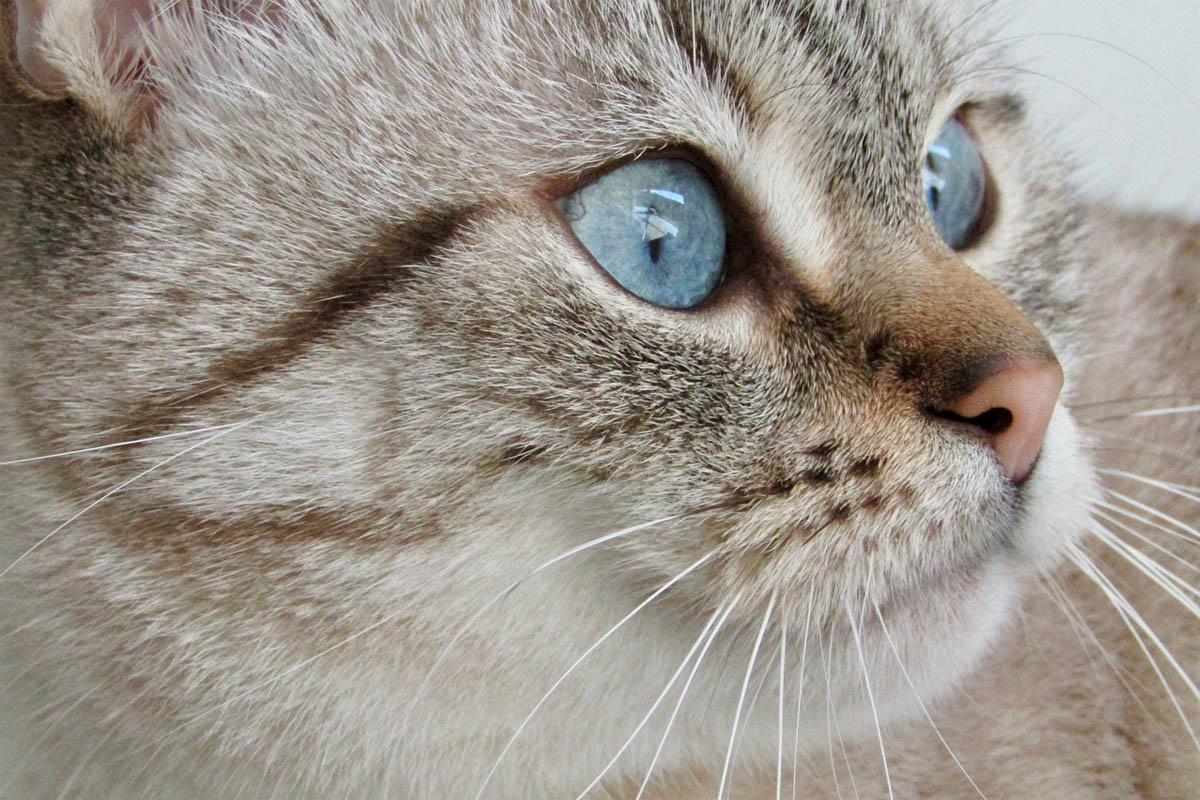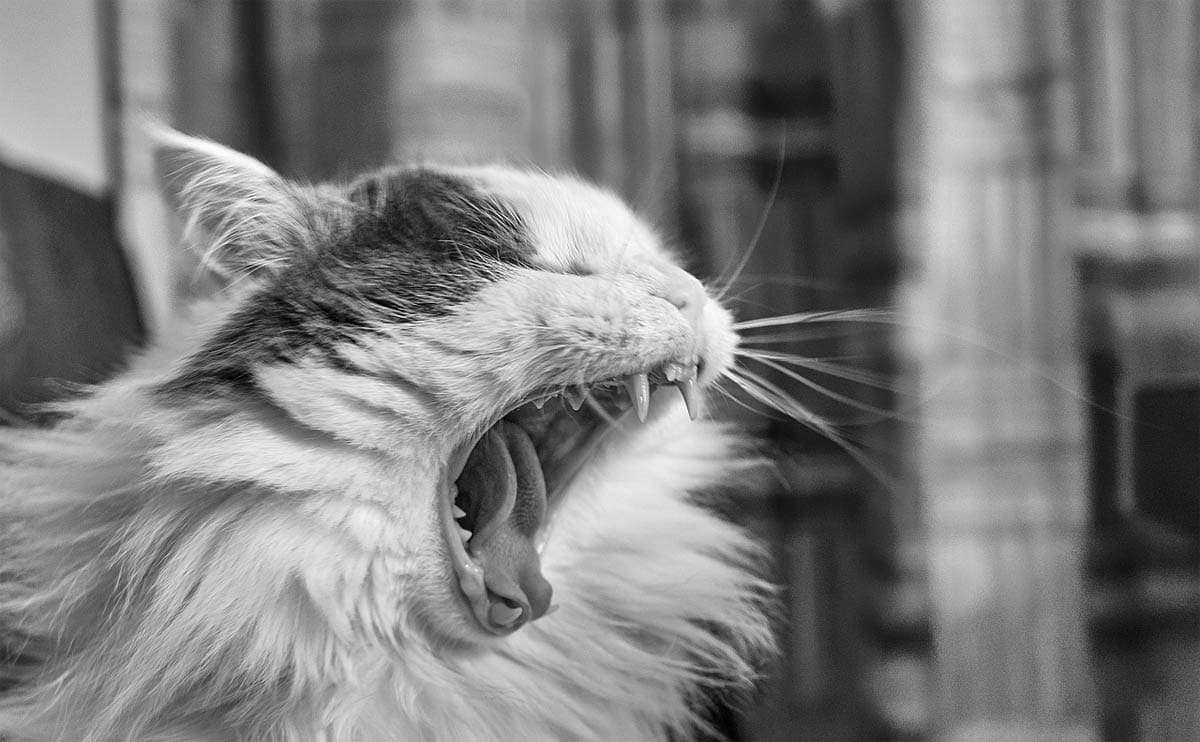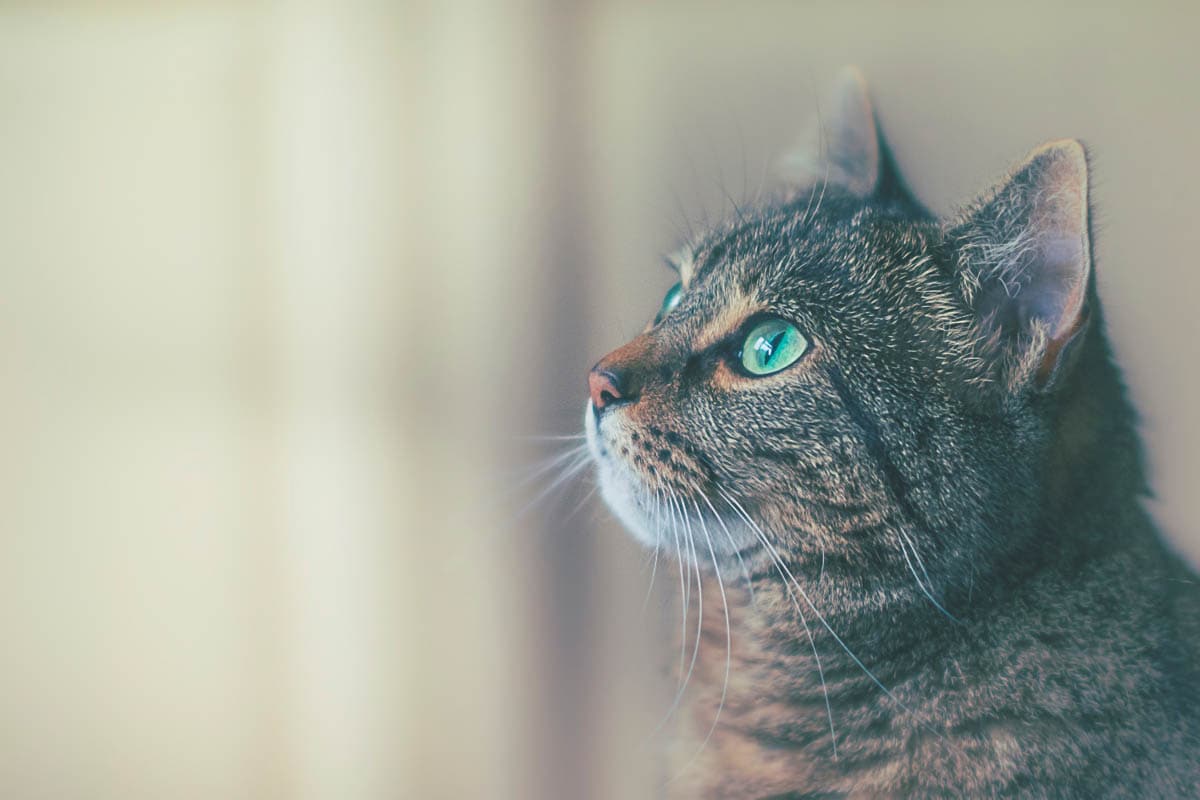At a glanceCats are masters at hiding signs of sickness, and often a disease will be advanced before we become aware that something is wrong. A monthly health check can help to pick up a disease in the early stages.
Always remember to schedule a yearly health check with a veterinarian. |
How to perform a monthly health check on your cat
Most cats only see a veterinarian once a year, which in cat terms, is several years. But, most of us are with our cats every day, which provides the opportunity to perform a monthly check on pets, it is not in any way meant to replace a veterinary visit but can potentially pick up problems between annual or bi-annual visits.
Monthly health exams should be fun for the cat, do not try to force him or her into any position or situation they are uncomfortable with. If there are no health indications that prevent food rewards, use treats to make the examination rewarding.
Related: Cat vital signs
Ears:

Check for signs of bleeding, debris, dirt or wax. Look for signs of ear mites (reddish/brown discharge in the ear, bleeding from the ear, coffee grounds like appearance in the ear, scratch marks, odour). You may notice a small amount of wax, which is normal.
Look along the edge of the cat’s ears for thickening, scaling, lesions, swelling, bumps and redness.
Check a cat’s hearing by having somebody stand behind the cat and clap. Does the cat react to the noise?
Eyes:

Bright and clear with no redness, swelling, weeping or discharge.
Take a look at the pupils (the black portion of the eye), are they both the same size? The pupils should constrict (become narrower) in bright light and dilate (become larger) in low light.
Look at the colour of the pupils, do you notice a grey haze? Changes in pupil colour can be due to nuclear sclerosis or cataracts.
Check the vision by holding a cotton ball above the cat’s head and dropping it. Does the cat react to the movement?
Nose:

Free of discharge. Check for lumps, bumps, swellings, and ulcers which don’t heal or unexplained bleeding. Some ginger cats can develop black spots on their nose and gums as they age, this condition is called lentigo and is harmless; however, it is still a good idea to speak to your veterinarian if spots develop on the nose.
Mouth, teeth, and gums:

The breath should not be unpleasant, and the teeth should be white with no signs of chips, breaks or lesions.
Gums should look healthy and pink, without receding, redness along the gum line, bleeding or swelling. Check for signs of tartar, which is a cement-like deposit on the teeth.
Look around the mouth, lips, and tongue for ulcers, lumps, bumps, swelling, and lesions.
Chin:

Check for lumps and bumps on the chin. A dirty appearing chin may be a sign your cat has feline acne.
Skin and coat:

The skin should look healthy and pink with shiny and plush fur. Gently pull up the skin on the shoulder and release. It should spring back immediately if it doesn’t your cat is dehydrated.
Feel along the body for lumps and bumps, scabs, sores and parasites.
Claws and feet:

Check the length, if they are too long (especially indoor-only cats) give them a trim. Pay attention to the paw pads, the nail fold (the white portion above the claws) and between the claws. Look for lumps, bumps, swelling, discharge or scabs.
Body:

Run your hands along the head, body, limbs, and tail checking for lumps, bumps, and signs of pain.
Pay close attention to the mammary glands (on both male and female cats) to look for changes such as ulceration or lumps on or around the glands.
Dr Sue Ettinger, a veterinary oncologist, has provided a free skin map to download.
See Something: If the mass is the size of a pea (1 cm) and there for a month
Do Something: go to the veterinarian for an aspirate
If you do notice any lumps or bumps on your cat, make a note of the size and location (including which side of the body the lump is on) as well as the date you found the lump.
Mobility:

Put your cat down and observe his movements. Does he appear stiff or uncomfortable or sore in any of the joints? Signs can include avoiding using a limb, reluctance to jump, decrease in activity and stiffness upon waking.
Respiration:
Observe your cat’s breathing, which should be even and appear to be easy and effortless. Increased respiration and or effort should not be seen. Other abnormal breathing signs include panting (unless the cat has just been running around), wheezing, coughing, suffering shortness of breath.
Weight:
Keep a record of your cat’s weight with baby scales if possible, alternatively, weigh yourself and record the weight, then step back on the scales holding the cat and take away your weight from the reading to get your cat’s weight.
Run your hands along the cat’s ribs, it should be possible to feel the ribs, but they should not be prominent. If they can be easily felt, the cat may be underweight, and if you can’t feel them at all, he may be overweight.
Other things to watch for
- Increased or decreased thirst
- Increased or decreased hunger
- Discharge (vagina, eyes, nose, anus, skin)
- Changes in litter tray habits
- Sleeping more or less
- Not grooming, poor coat condition
- Wounds that do not heal
- Lumps and bumps
- Coughing and sneezing
- Excessive crying
- Confusion
Always seek veterinary advice if you notice any physical or behavioural changes.

